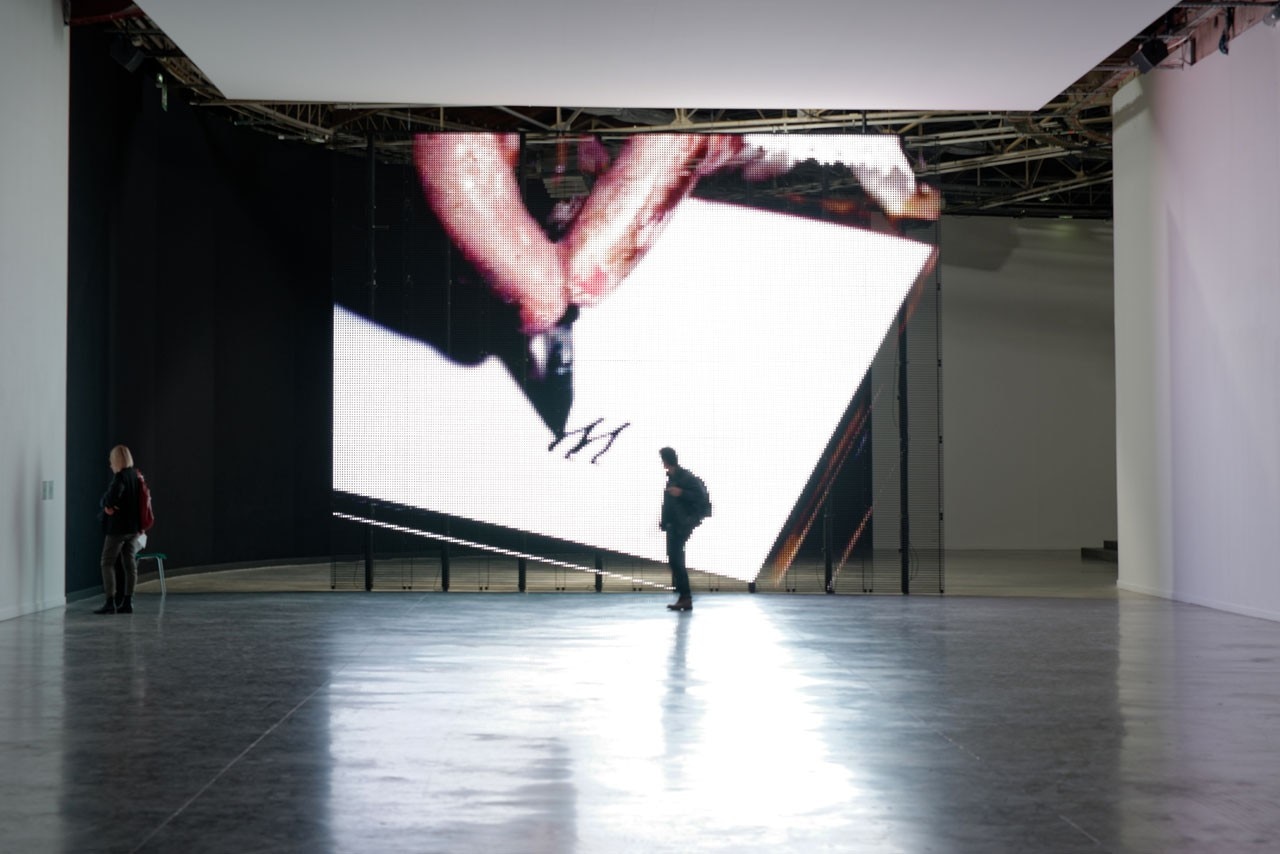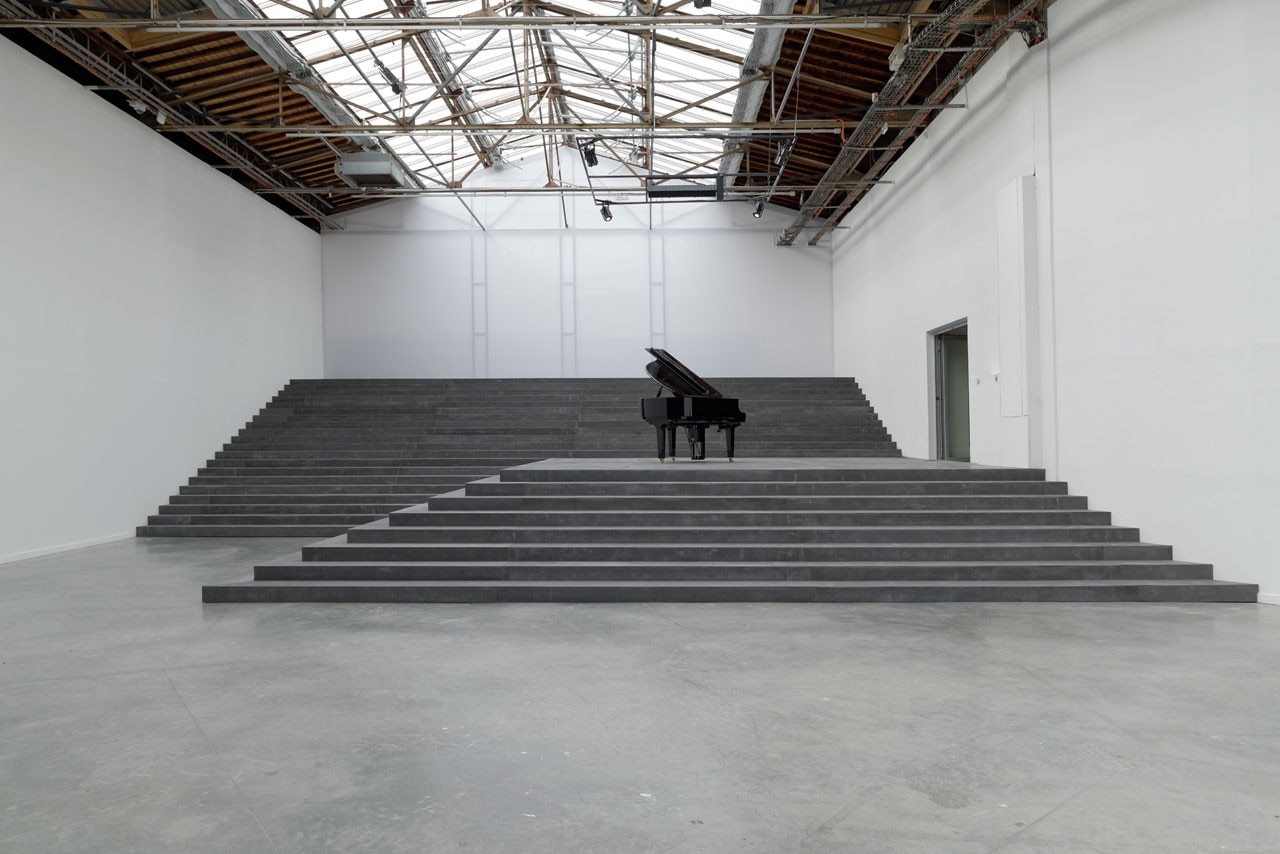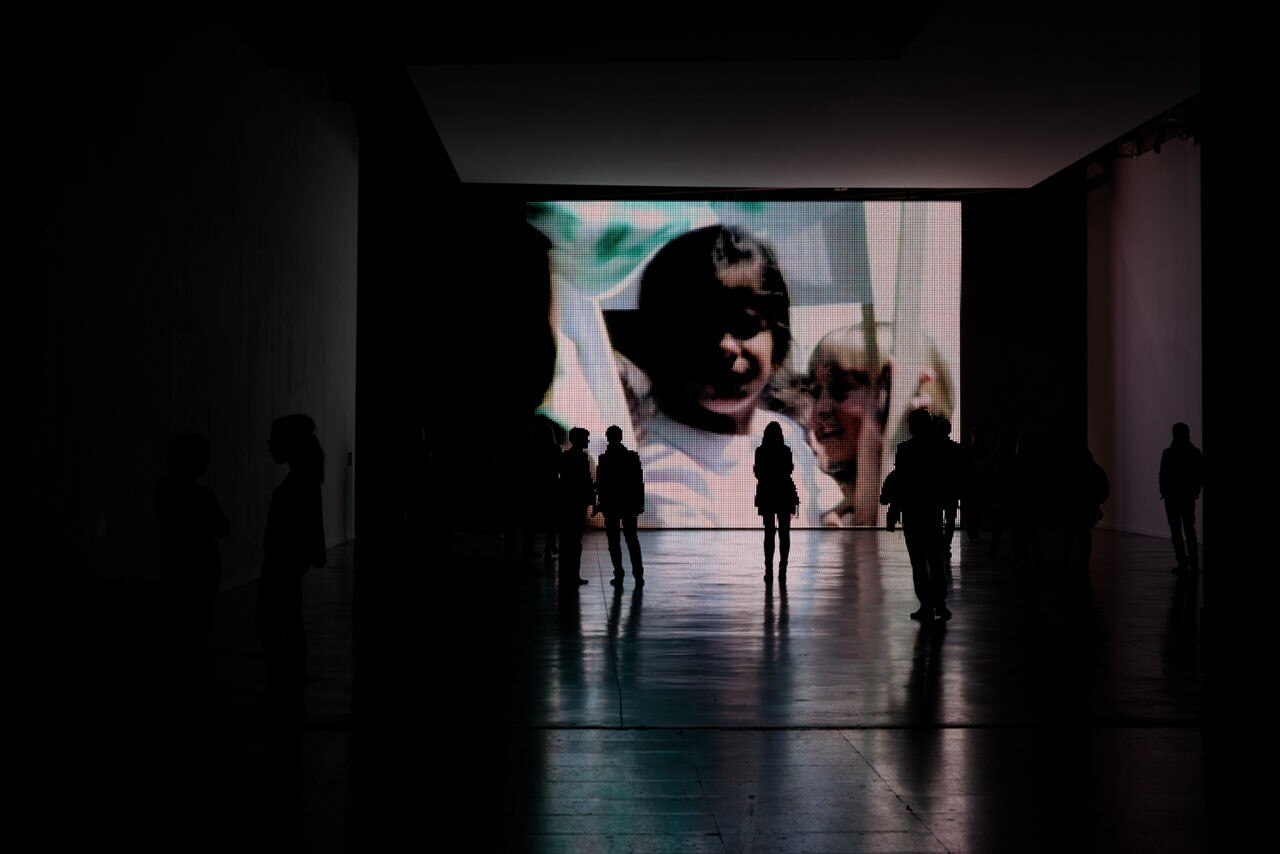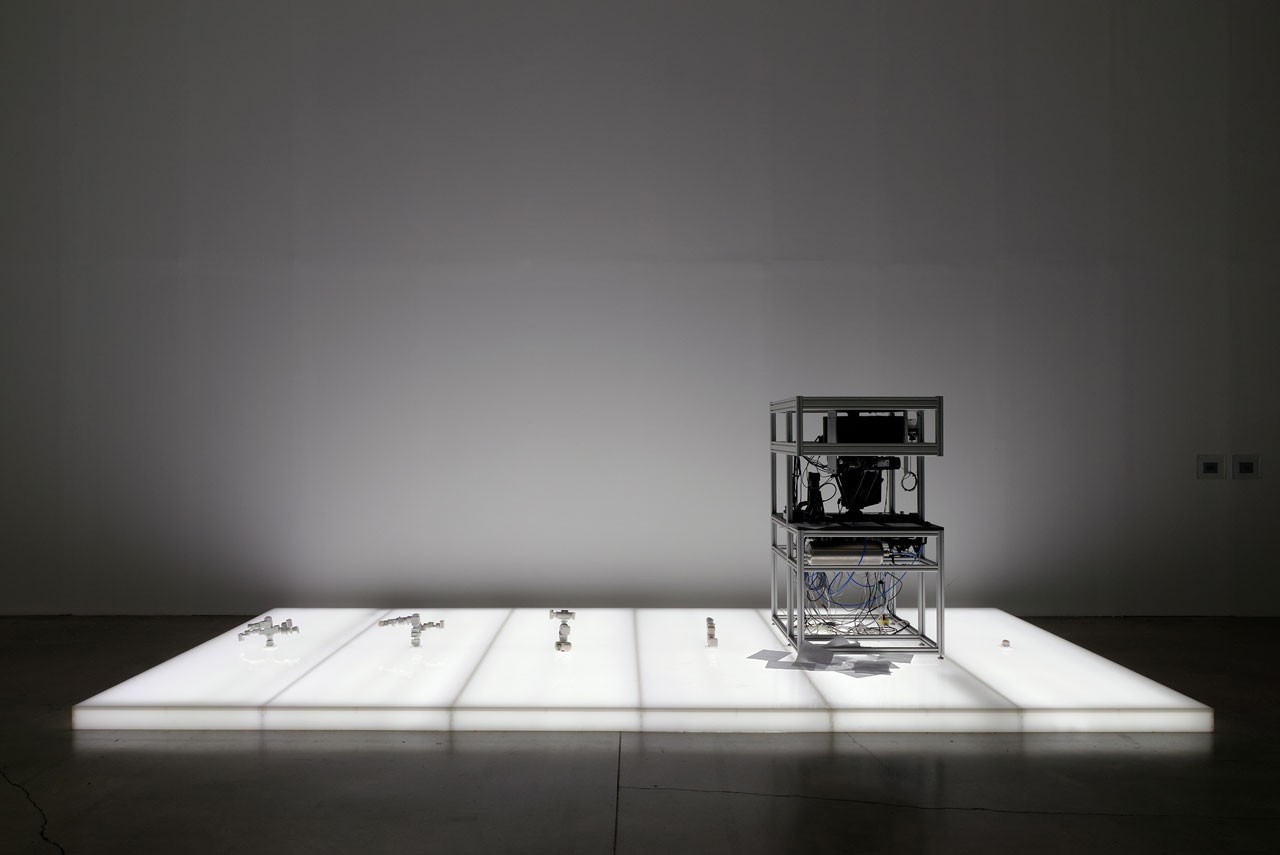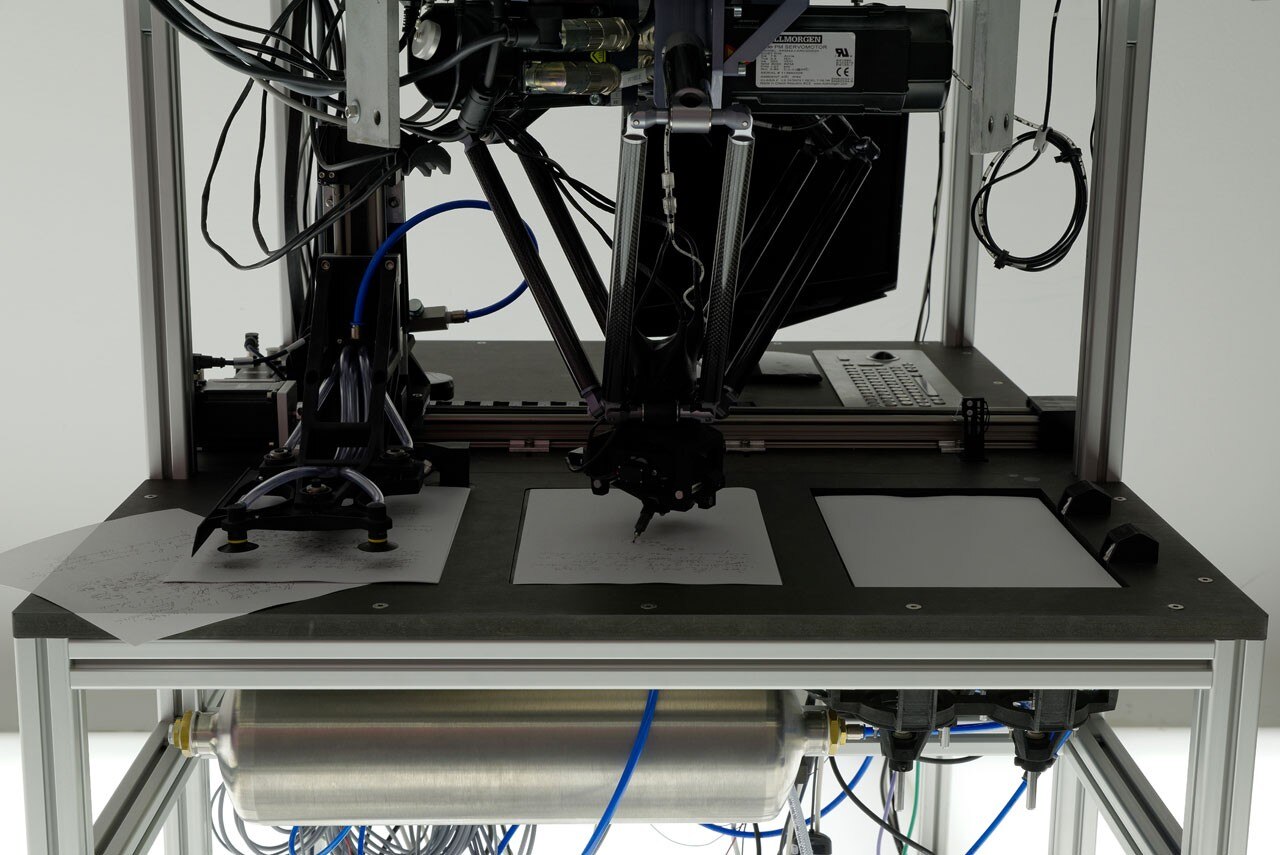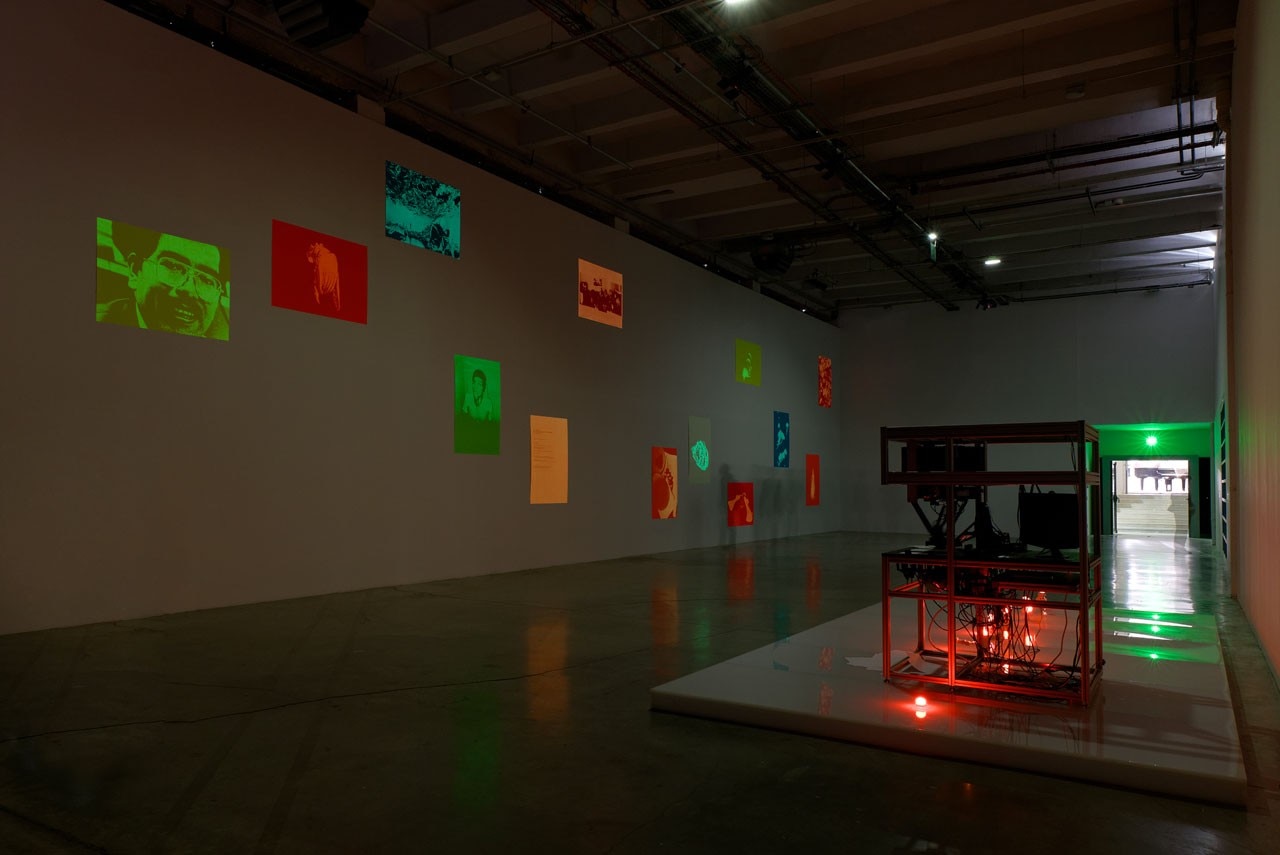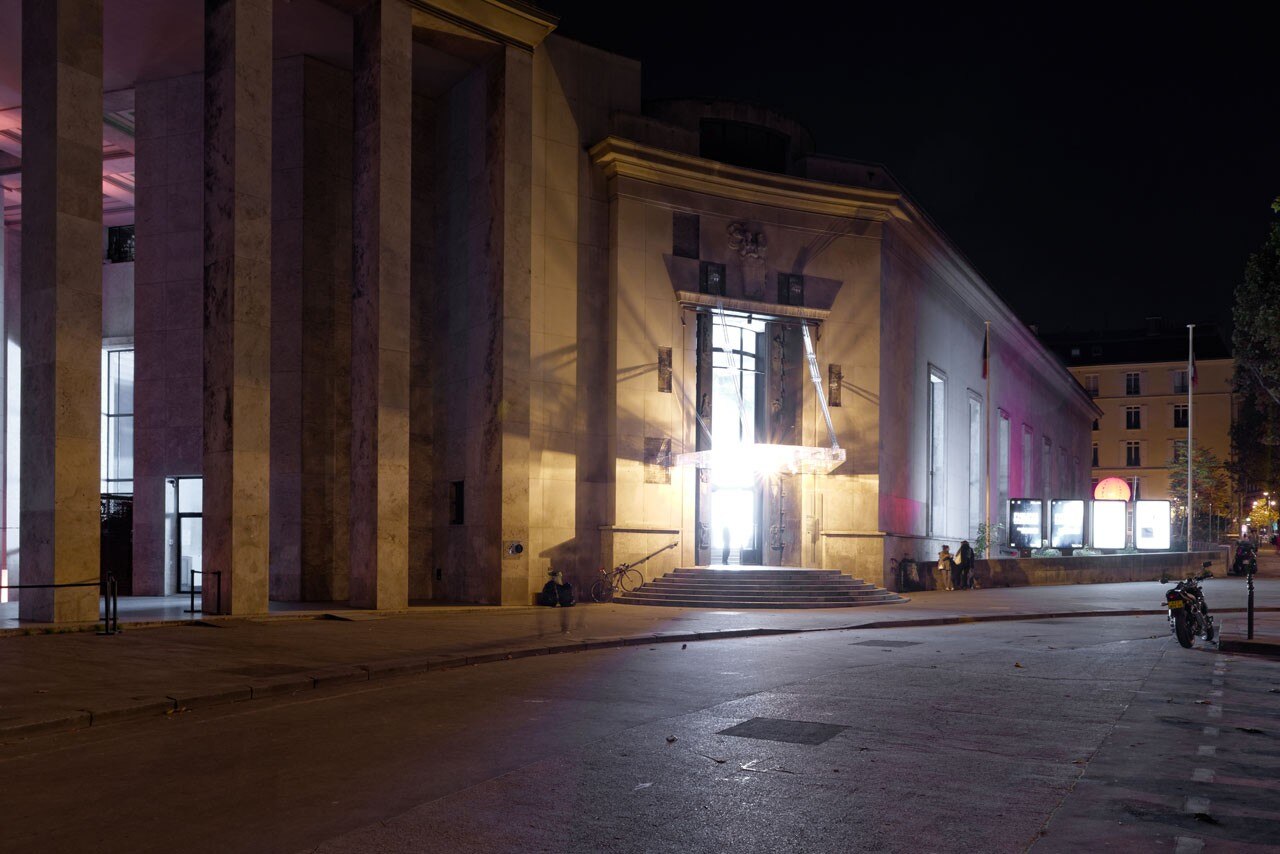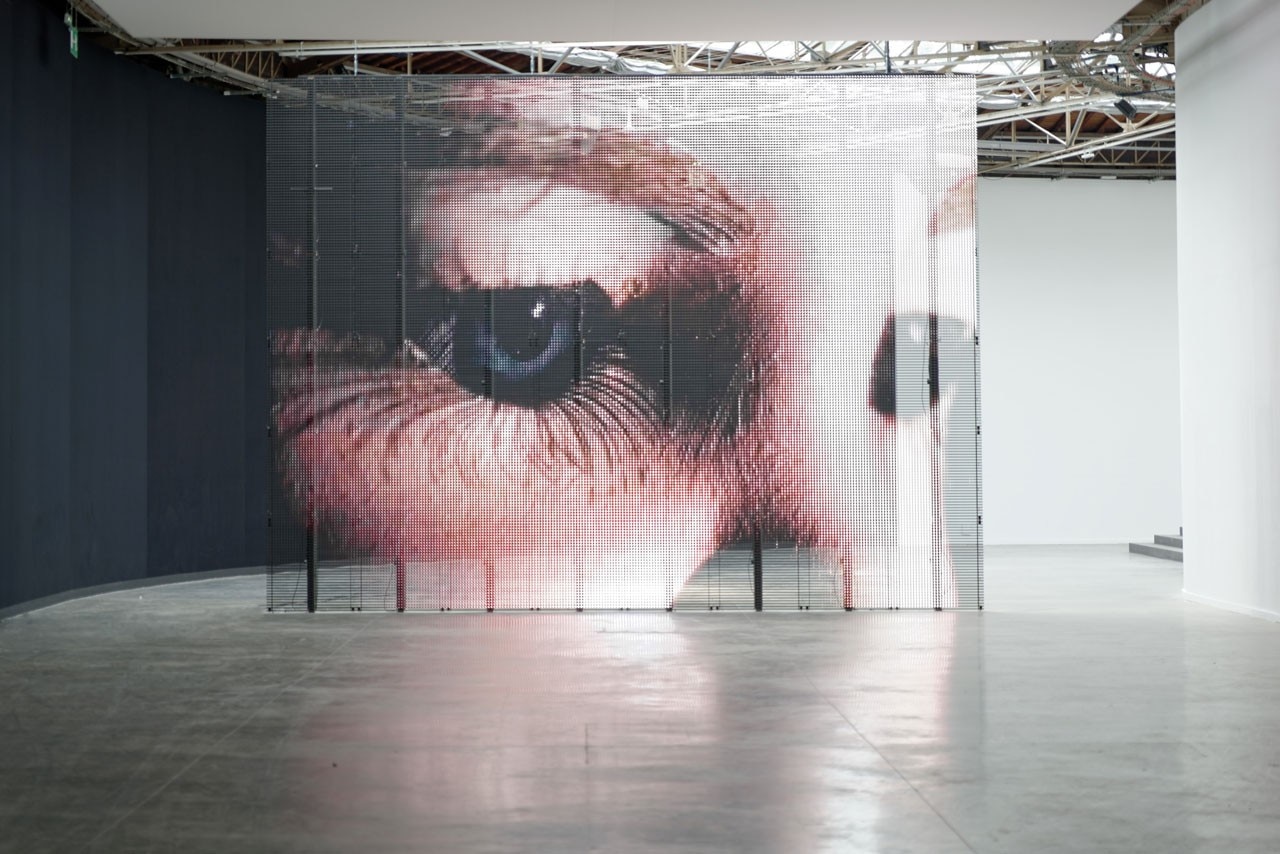
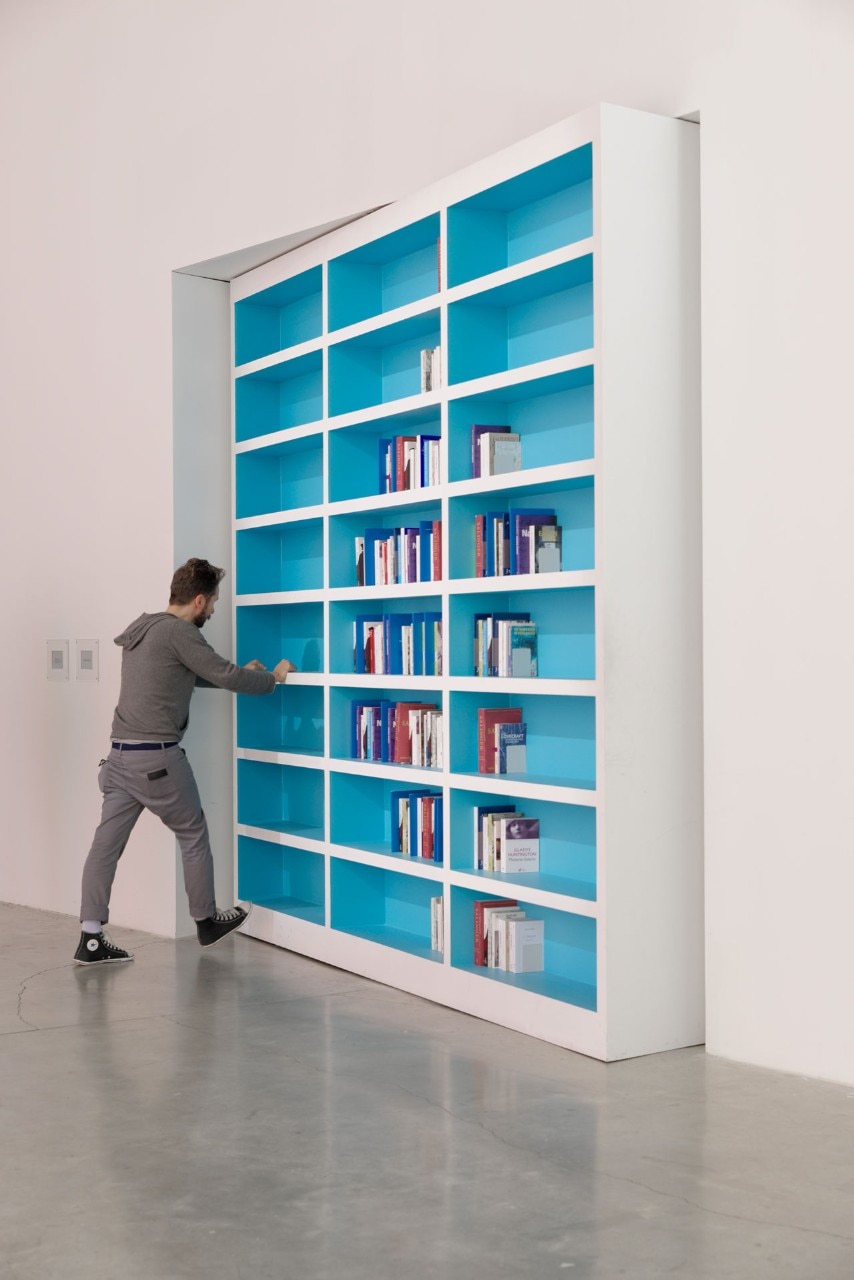
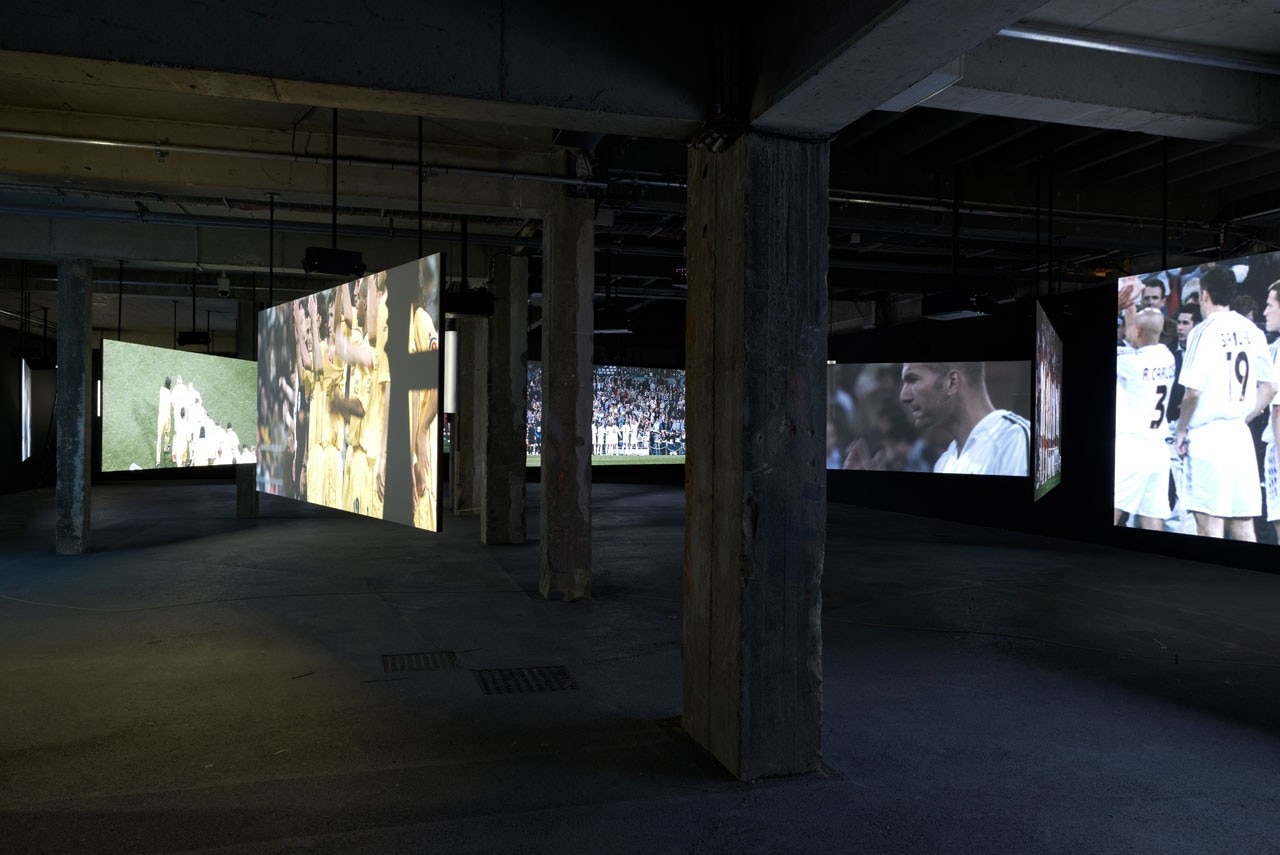
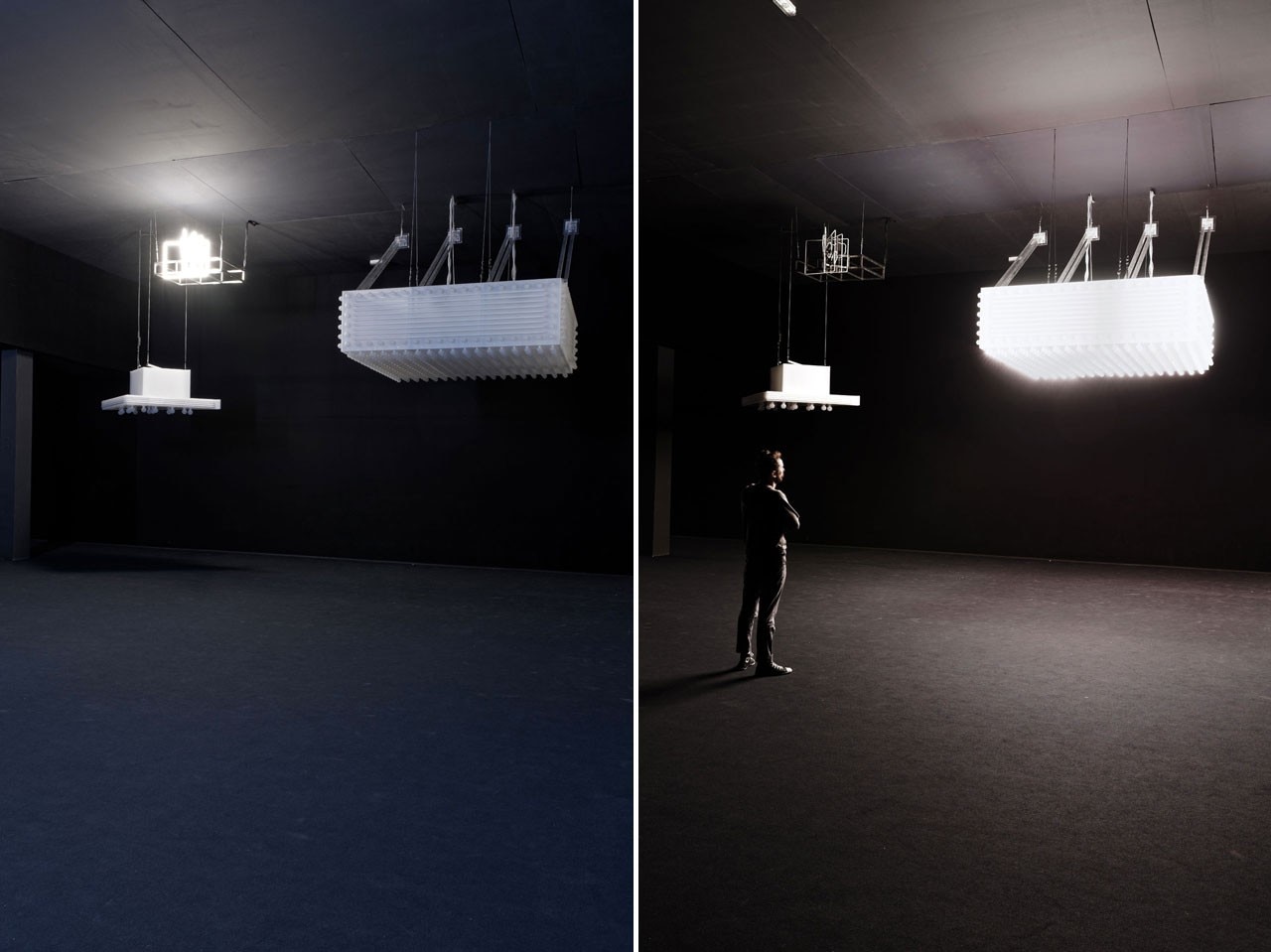
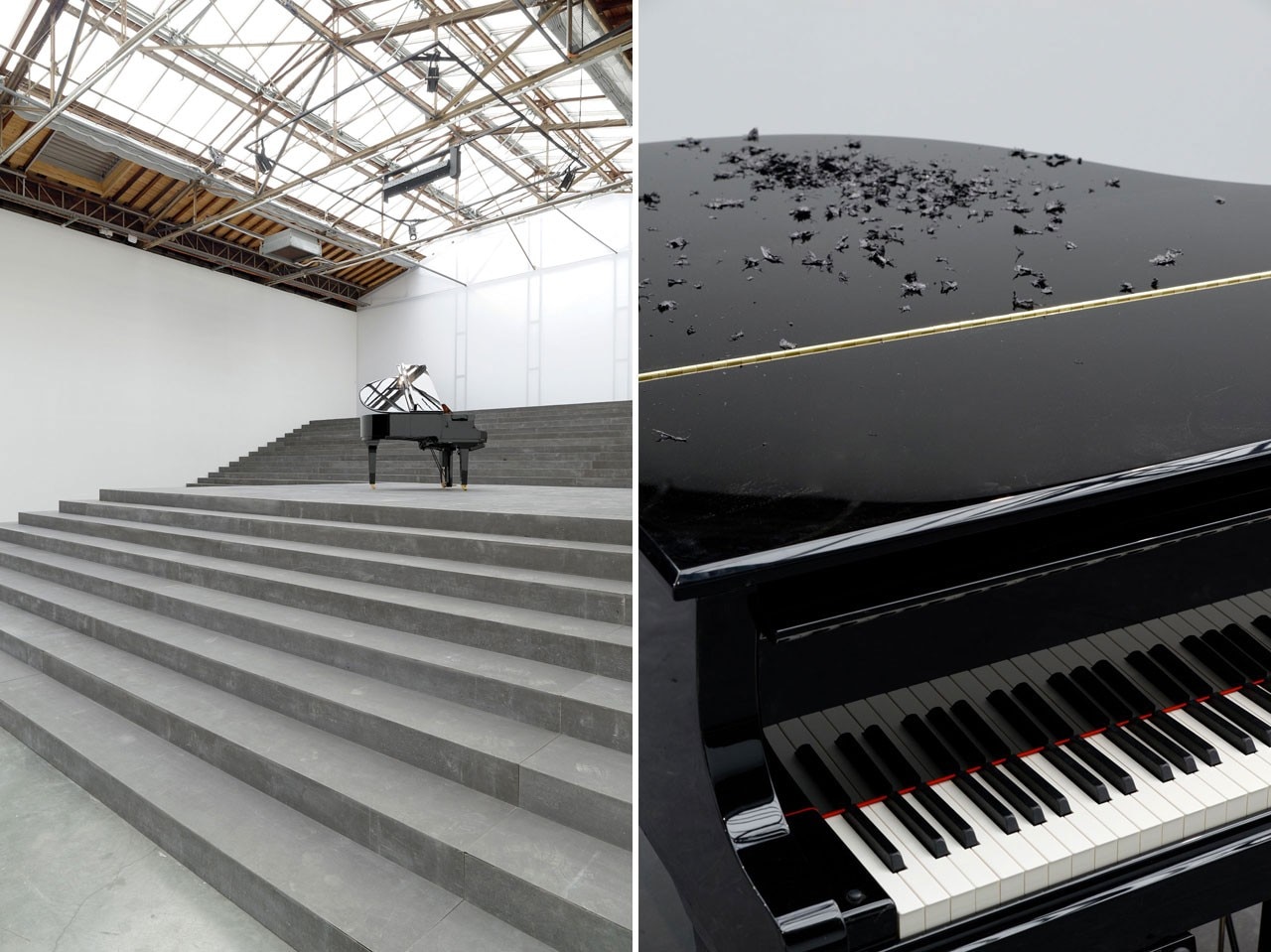
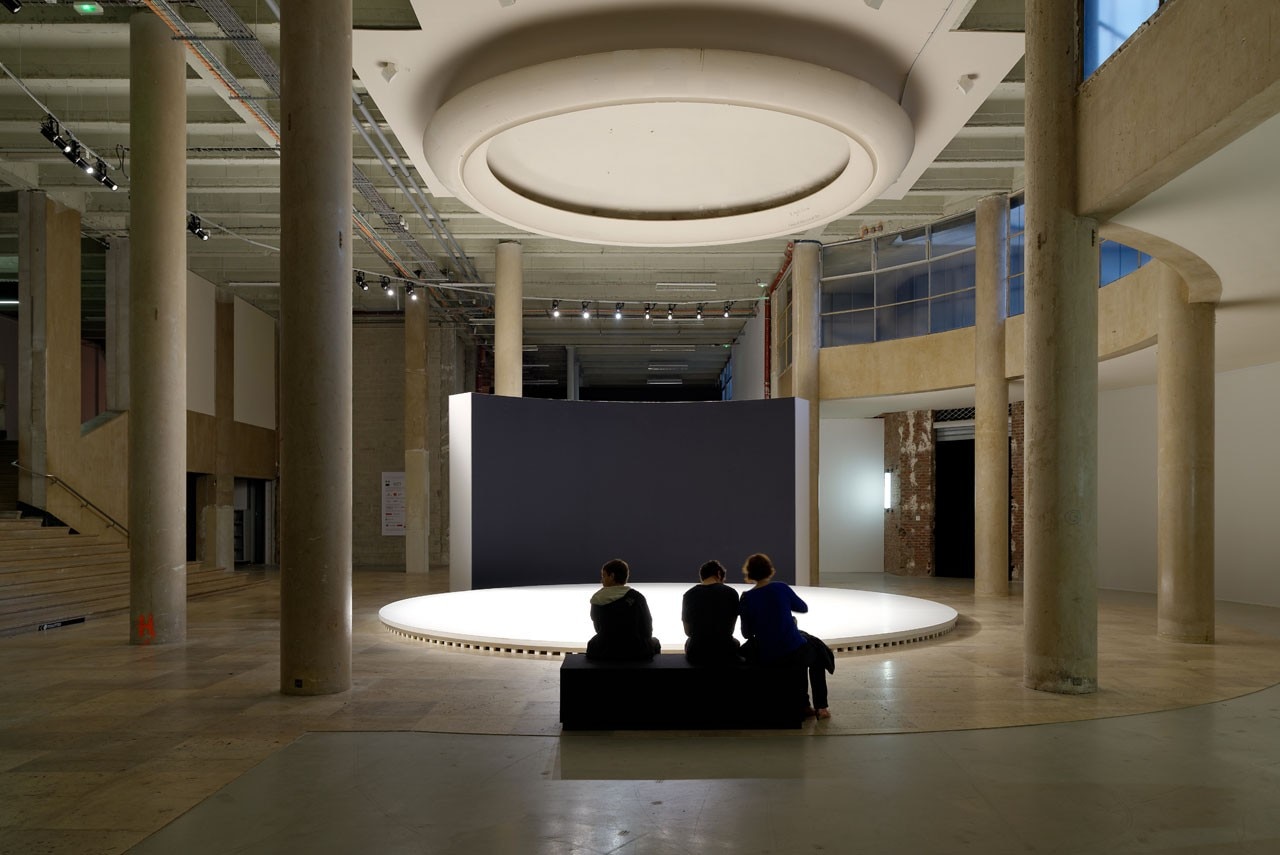
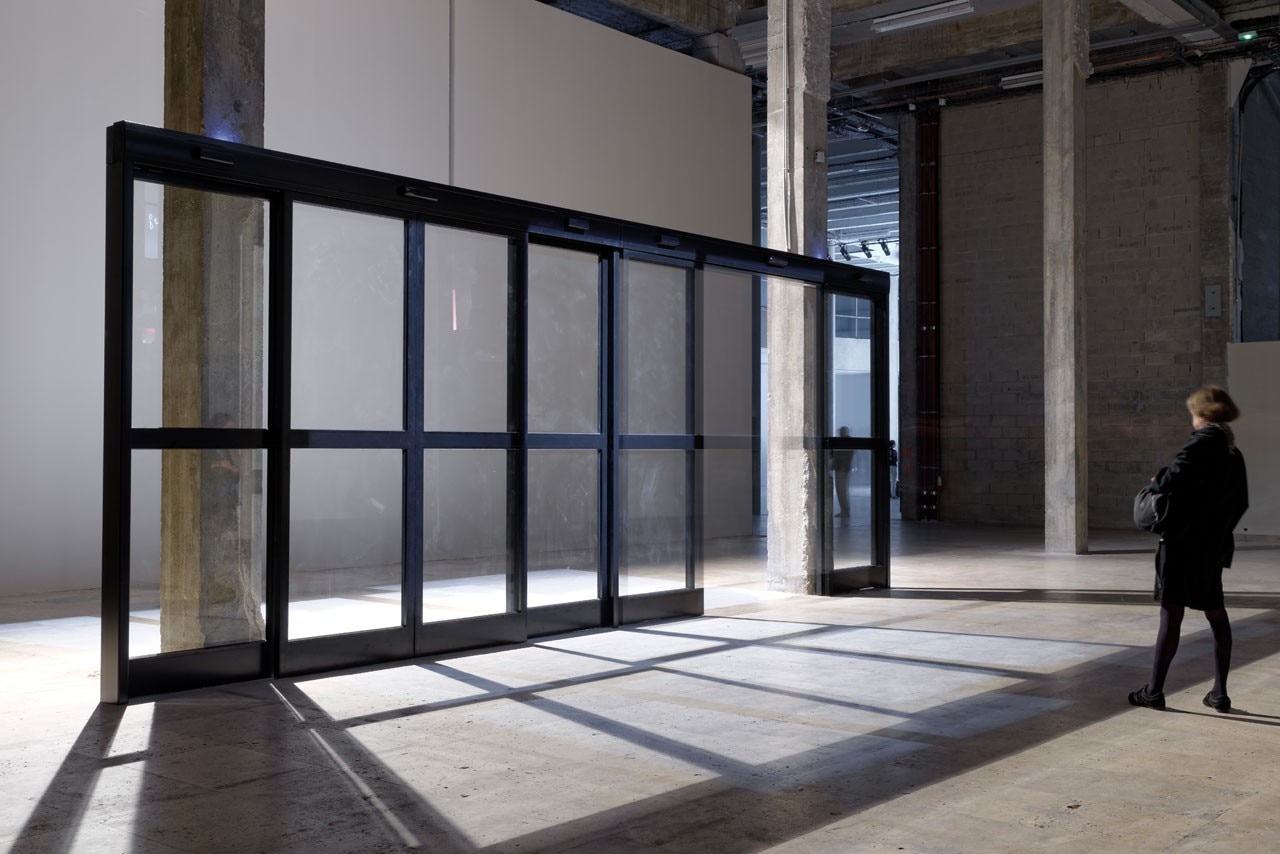
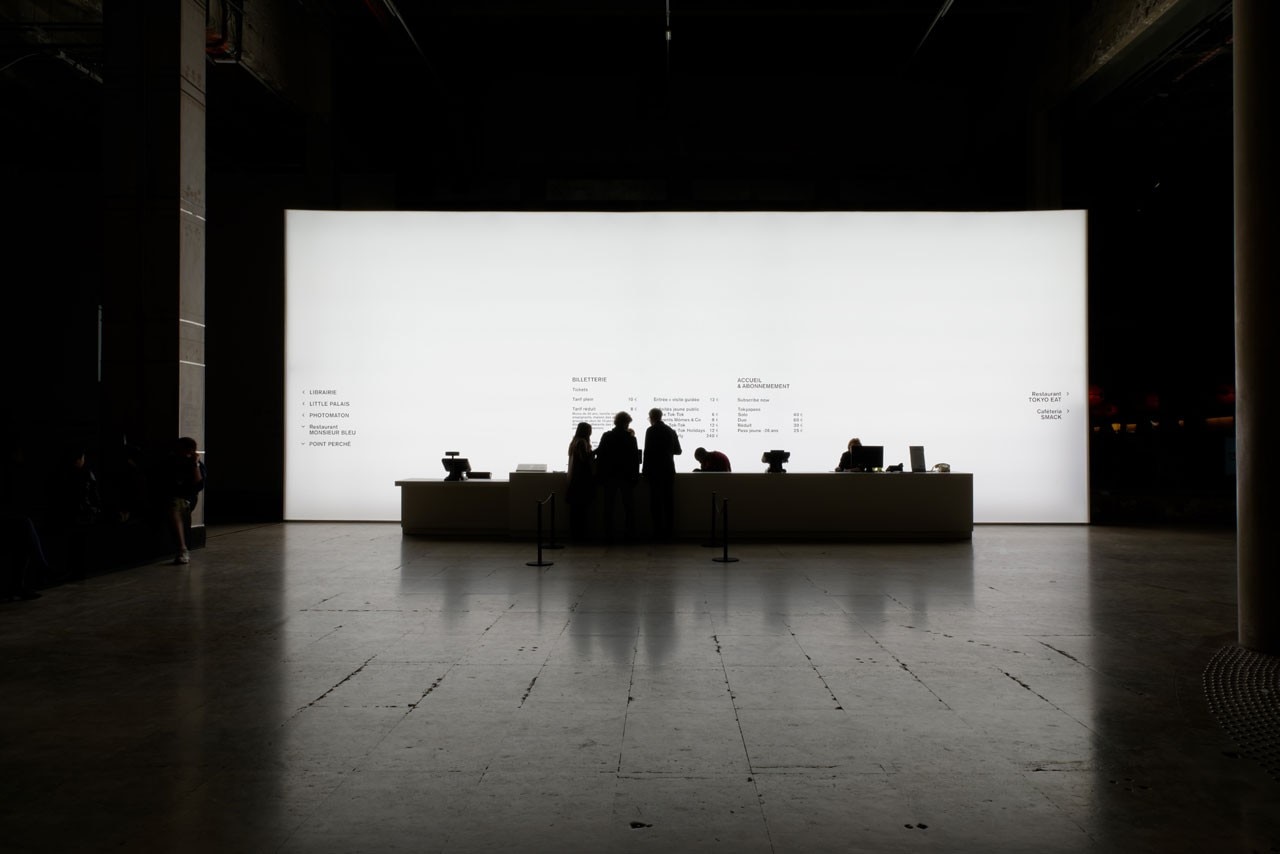
On show are Liam Gillick, Dominique Gonzalez-Foerster, Douglas Gordon, Randall Peacock and director of photography Darius Khondji.
It is not difficult to draw a parallel with the season’s other retrospective on Pierre Huygue at the Pompidou, who partnered Parreno in No Ghost Just Shell. In this daring project, the two artists bought the rights to the Japanese manga Annlee and placed her in the exhibition context, clearing a path for the notion of non-auteurship. It is the most successful work in the exhibition, an accurate metaphor of the hiring of concepts for ad hoc contemporary use.
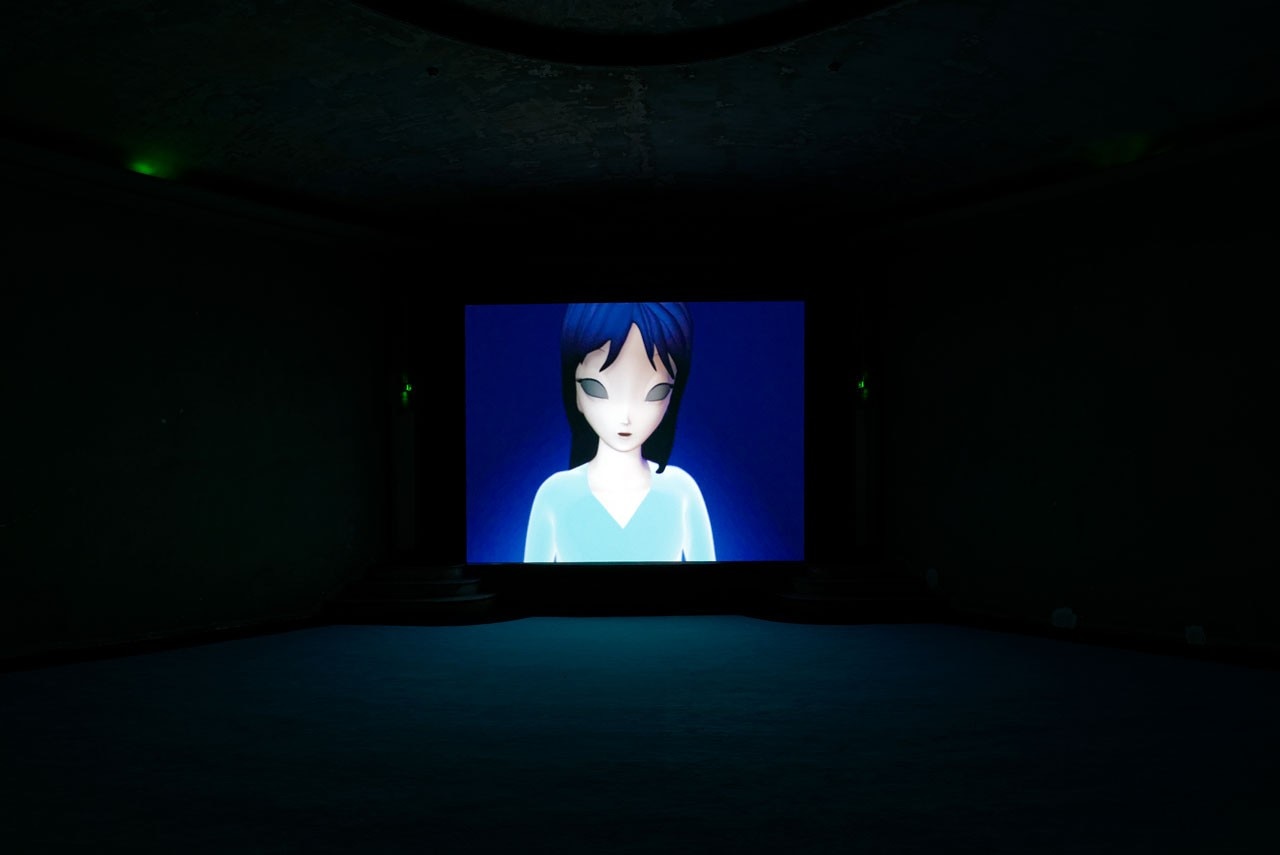
until January 12,2014
Philippe Parreno. Anywhere, Anywhere Out of the World
Palais de Tokyo, Paris
